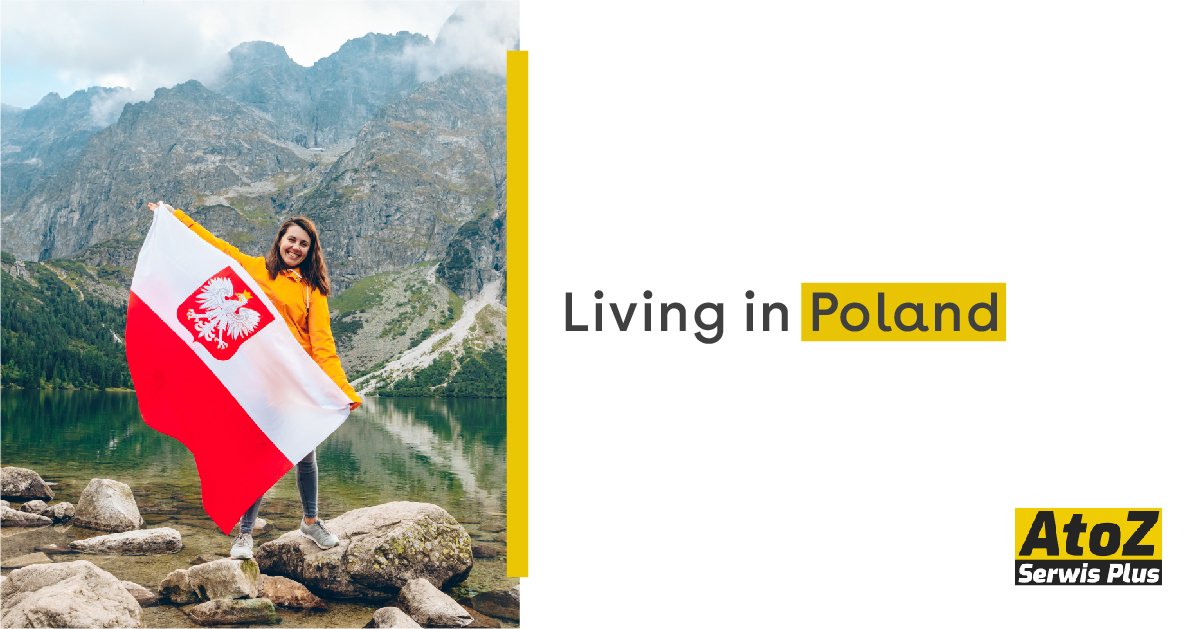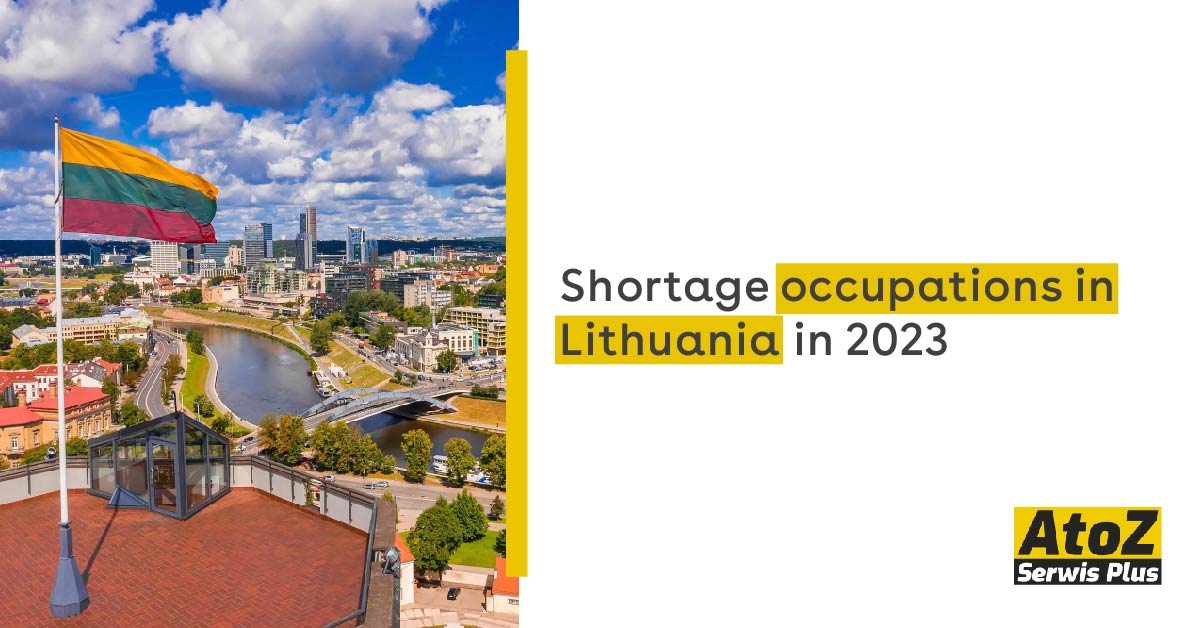

2025 Poland Job Market Trends and Key Insights!
Poland's labour market is poised for substantial growth in 2025, with multiple industries expanding rapidly. As the country integrates more with global markets and adopts advanced technologies, job opportunities are rising across various sectors. This guide offers an in-depth look into Poland's job market trends, challenges, and opportunities.
1. Key Job Market Trends in Poland (2025)
-
Increased Demand for Skilled Workers:
Industries like healthcare, IT, and engineering are actively recruiting skilled professionals. Poland's shortage of highly trained specialists is pushing companies to look internationally. -
Booming Construction Sector:
Infrastructure projects, including new highways, residential buildings, and commercial spaces, drive demand for construction professionals such as architects, civil engineers, and skilled labourers. -
Shift Toward Automation:
Many industries, especially in manufacturing and logistics, are adopting automation. This creates opportunities for roles in robotics, data analytics, and IT system integration. -
Rising Importance of E-commerce:
With the growth of online shopping, the logistics and supply chain sectors are booming. Roles such as warehouse managers, forklift operators, and delivery drivers are in high demand. -
EU Green Deal Impact:
Jobs in renewable energy and environmental engineering are growing due to Poland’s commitment to meeting EU sustainability targets. Solar panel installers, wind turbine technicians, and environmental consultants are increasingly sought after.
2. Most In-Demand Jobs in Poland (2025)
White-Collar Jobs:
- Software Developers: Proficient in Python, Java, and AI/ML technologies.
- Data Analysts: Skilled in Big Data and business intelligence.
- Medical Professionals: Including doctors, nurses, and lab technicians.
- Finance Experts: Accountants, financial analysts, and auditors.
- Customer Support Specialists: Multilingual professionals for global service centres.
Blue-Collar Jobs:
- Truck Drivers: For domestic and international logistics.
- Construction Workers: Builders, electricians, and plumbers.
- Machine Operators: Particularly in automotive and heavy industries.
- Agricultural Workers: Seasonal labourers for farming and food production.
- Skilled Tradesmen: Welders, carpenters, and HVAC technicians.
3. Average Salaries in Poland (2025)
- IT & Software Development: €2,500–€4,000 per month.
- Healthcare Professionals: €2,000–€3,500 per month.
- Construction Sector: €1,500–€2,500 per month.
- Blue-Collar Jobs: €1,200–€2,000 per month.
- Seasonal Agricultural Work: €800–€1,200 per month.
Salaries vary based on location, experience, and job role, with metropolitan areas like Warsaw, Kraków, and Wrocław offering higher wages.
4. Opportunities for Foreign Workers
Poland is actively encouraging foreign workers to fill its labour shortages. Key highlights include:
-
Simplified Work Permit Procedures:
Employers can apply for work permits on behalf of foreign employees. Type A (standard employment) and Type B (management roles) permits are common. -
Popular Nationalities for Hiring:
- Ukrainians, Belarusians, Nepalese, Indians, and Filipinos are highly sought after.
- Special visa programs cater to non-EU workers.
-
Key Industries Hiring Foreign Workers:
- Manufacturing
- Agriculture
- Construction
- Healthcare
- Logistics
-
Language Requirements:
- While Polish is essential for many roles, English is widely accepted in IT, finance, and customer service sectors.
5. Visa and Work Permit Process for Foreigners
Here’s a step-by-step guide to securing a work visa and permit:
-
Receive a Job Offer:
A Polish employer must provide you with a formal employment offer. -
Employer Submits Work Permit Application:
- Types of permits include Type A, B, C, D, and E based on job roles.
- The employer applies for a permit on your behalf.
-
Apply for a National D-Type Visa:
- Once the work permit is issued, apply for a visa at a Polish consulate in your country.
- Required documents: Passport, work permit, job offer letter, visa application form, proof of accommodation, and insurance.
-
Arrive in Poland:
Once your visa is approved, travel to Poland and begin working.
6. Challenges in the Polish Job Market
-
Aging Workforce:
Poland’s ageing population creates a labour gap, especially in physically demanding roles. -
Regional Disparities:
Urban centres like Warsaw and Kraków attract talent, but rural areas struggle to find skilled workers. -
Housing Costs:
Rising rental costs in major cities challenge workers to relocate from rural areas or abroad. -
Job Security:
Temporary contracts are standard, particularly for blue-collar and seasonal jobs.
7. Tips for Job Seekers in 2025
-
Upskill:
- Take courses in coding, data analytics, or renewable energy technologies to increase employability.
-
Network Effectively:
- Leverage LinkedIn, job fairs, and local recruitment events to connect with potential employers.
-
Research Employers:
- Focus on companies offering competitive salaries, benefits, and long-term contracts.
-
Learn Basic Polish:
- Even a conversational level of Polish can significantly boost job prospects, especially in customer-facing roles.
8. Future Outlook
Poland’s labor market is expected to remain robust throughout 2025, with growing opportunities in tech, healthcare, and green energy. The country’s strategic location in Europe, combined with its favorable policies for foreign workers, makes it an attractive employment destination.


















